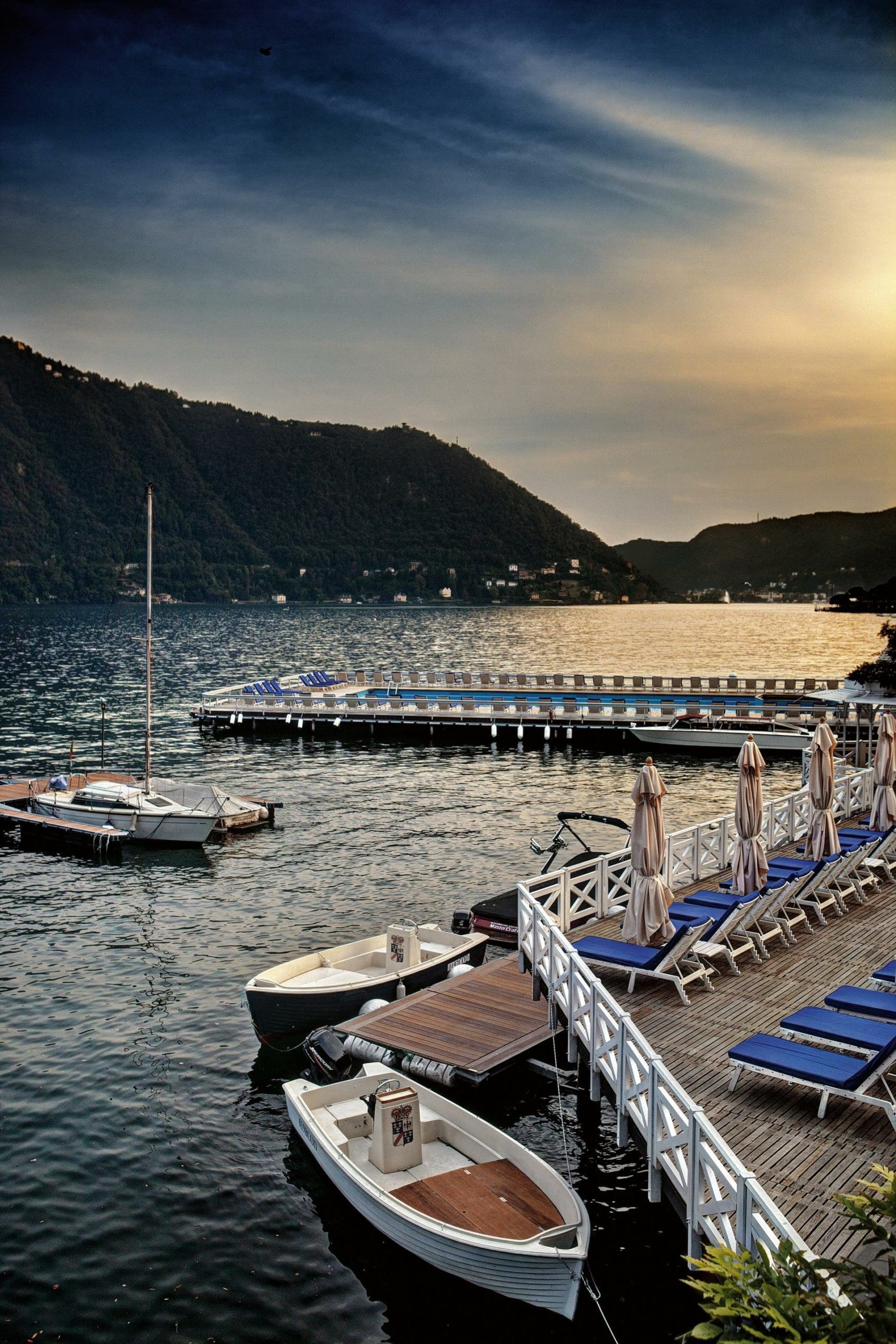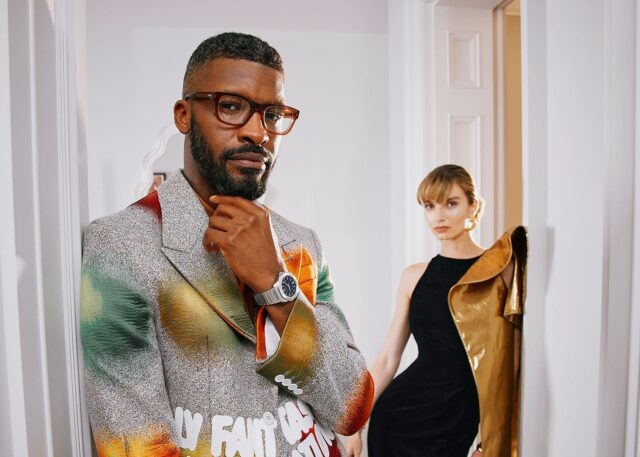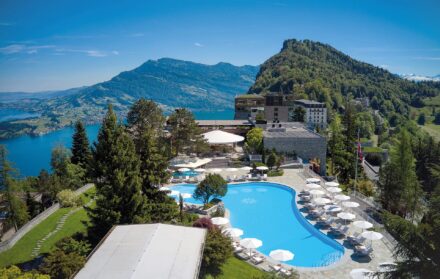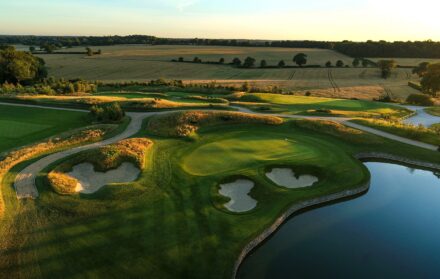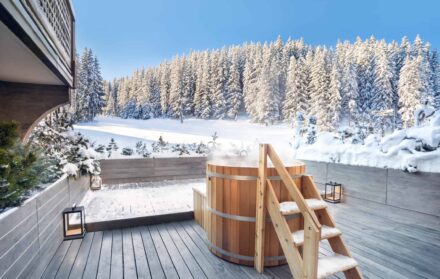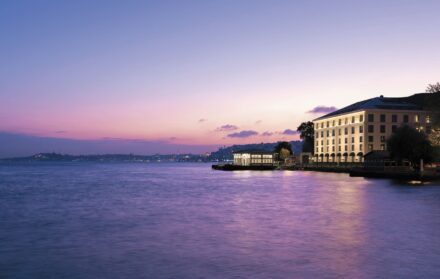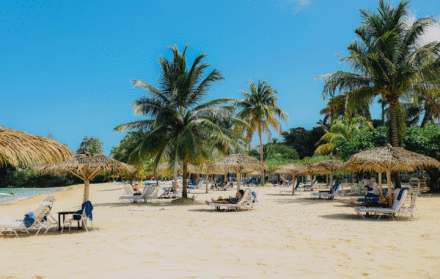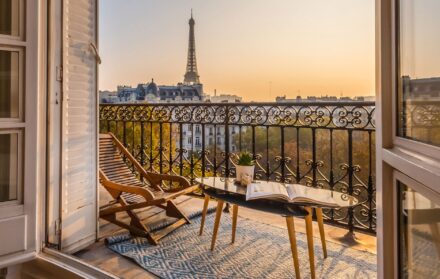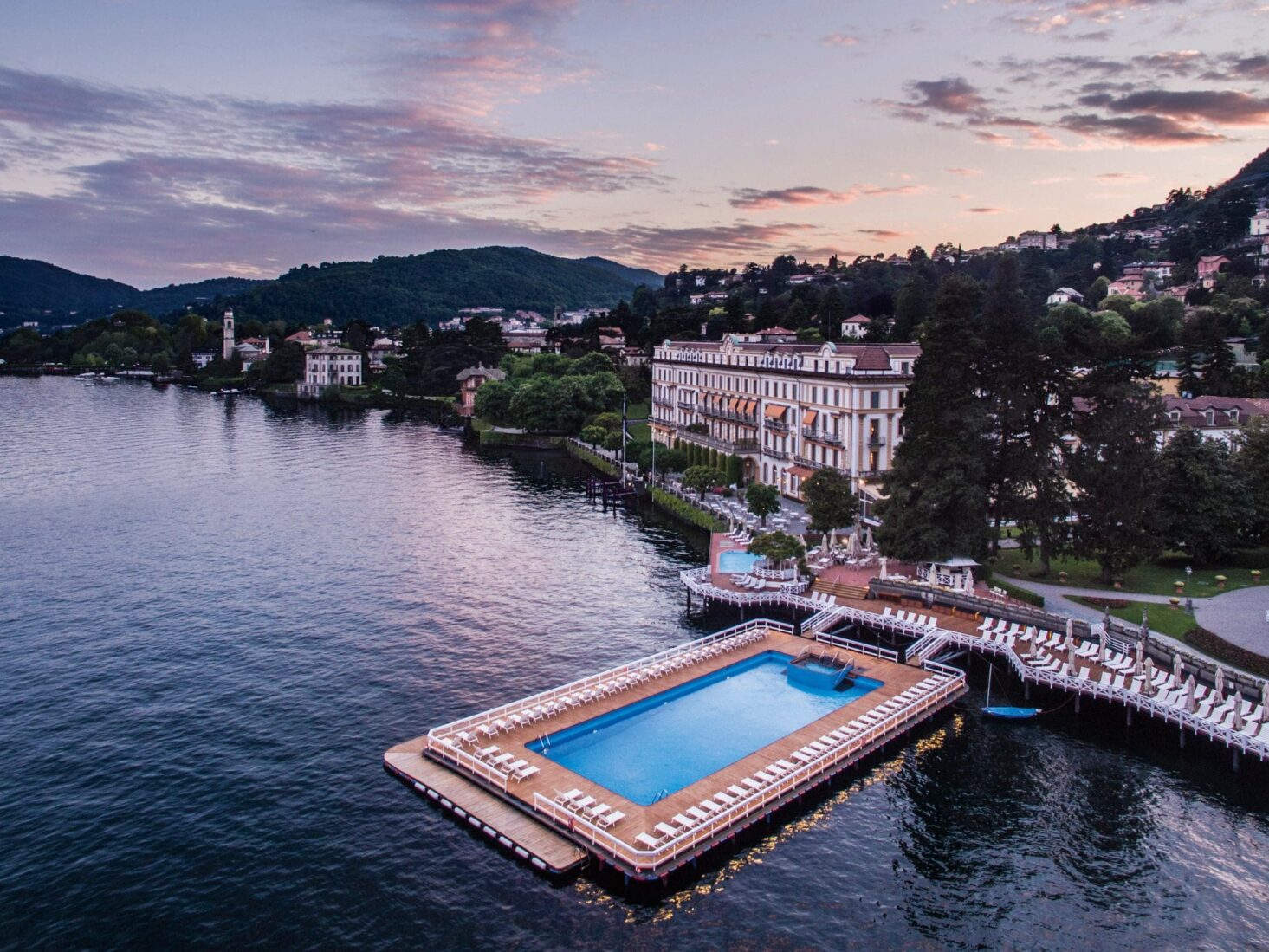
Hotel Review: Villa d’Este, Lake Como, Italy
It’s hosted kings and queens, rock stars and Hollywood royalty. Last summer, the Clooneys took the Obamas here
Seven pm, mid-September. Still hot. Hot enough to make you wish you’d worn a thinner blazer (you have to wear a blazer). Hot enough to make you regret taking a table in the waning sun (you’ll get over it). Climate is one of Lake Como’s biggest draws. That, and the three-legged lagoon’s proximity to Milan – 50 minutes by train, 40 by car, 20 by chopper. Villa d’Este’s helipad isn’t just for show.
Danilo Zucchetti tells a good anecdote. He was 14, for instance, when he failed to hoodwink his way passed the general manager of this 16th-century cardinal’s-crash-pad-turned-palatial-hotel on the outside of Cernobbio.
The property – big, white, famous for its manicured gardens and Nymphaeum mosaic – has been carving a name for itself as the most luxurious lodgings in Lake Como – some, including Forbes magazine and participants of a survey conducted by The Telegraph, say the world – since a cohort of Milanese businessmen turned it into one in 1873. Zucchetti was laughed off the premises.
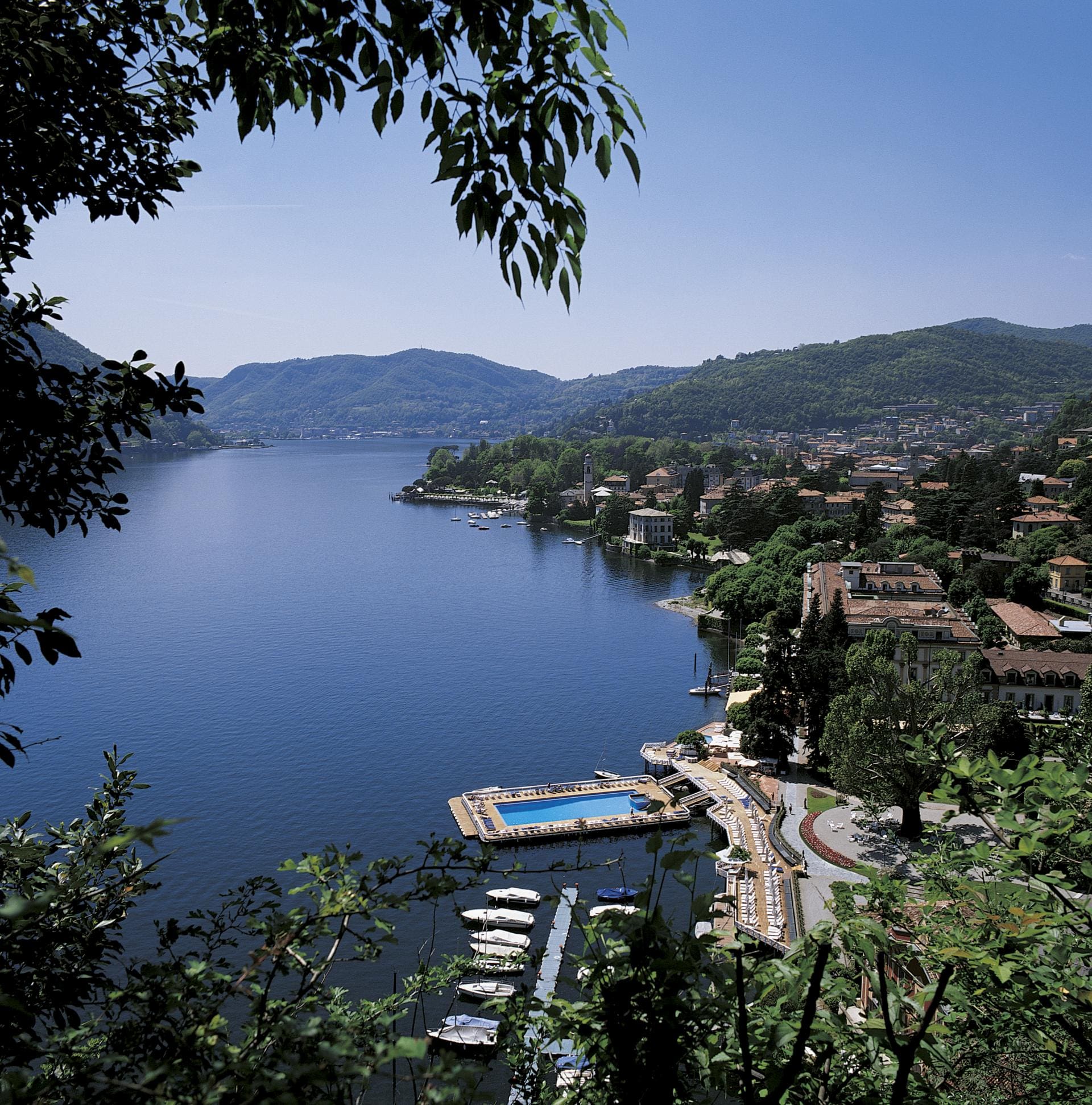
Thirty-something years later, Zucchetti is back; be-suited, bespectacled and having developed more than a passing resemblance to Roger Moore (The Spy Who Loved Me, if you had to pin it down). A waiter in black tie – all waiting staff wear black tie all the time – dispenses more Ruinart, the hotel’s house champagne, natch, and Zucchetti, who’s been with Villa d’Este since 2005, its managing director since 2012, continues riffing though the most memorable moments of his tenure so far.
There was the time a duck wandered into the dining room, got spooked, and flew into a window, prompting the maître d’ to declare that duck was now on the menu. Then the lady who threw her diamond engagement ring into the lake following a dust-up with her other half, only to jump in seconds later to fish it out (she failed).
The crowd is well dressed and well behaved; younger than you’d expect for a hotel with more 18th-century oil paintings and 19th-century antiques than most museums. The majority are repeat visitors. Few people stay at Villa d’Este only the once.
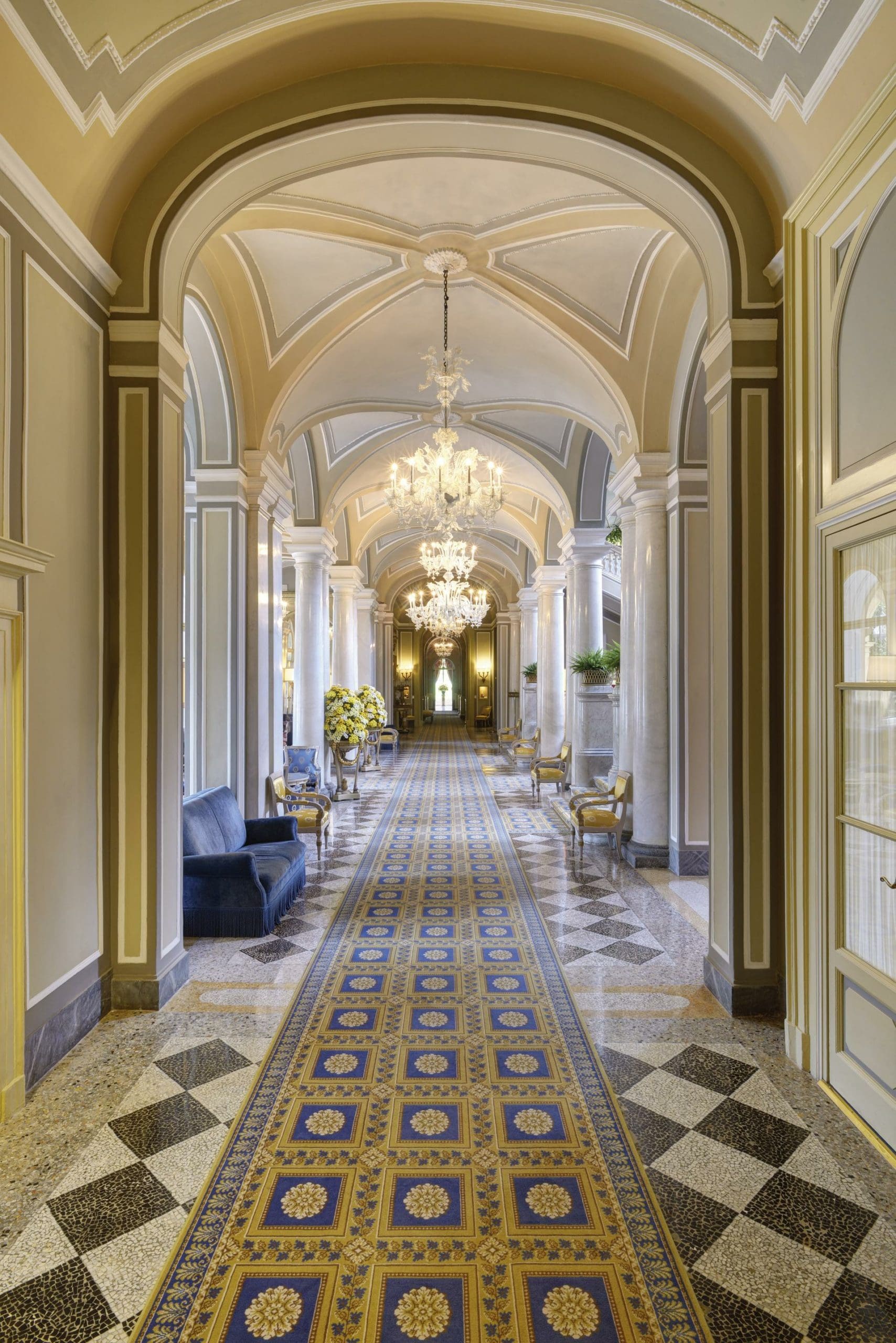
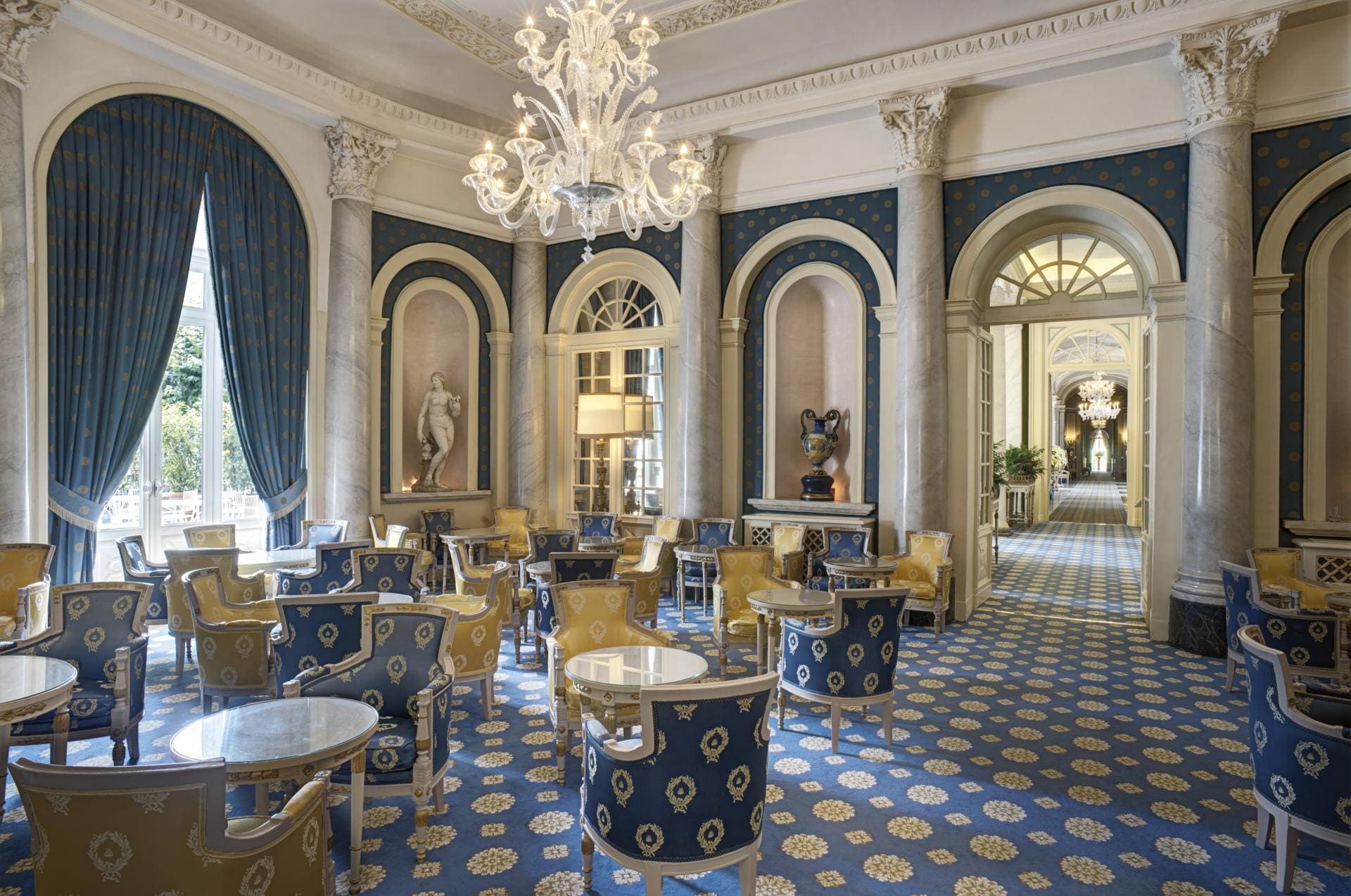
Down on the lake to our left, connected to the hotel’s beach bar – commendable caipirinhas, cold Peroni, a sublime club sandwich between 11.30 and 18.00 – a floating swimming pool, installed in 1966, is tethered to the shore by a wooden gangway, the first of its kind on Lake Como. Last winter, the whole 167-tonne structure had to be towed to Valmadrera, nine hours away, for a £700,000 refurbishment. Perched on the corner of the pontoon, looking down at the lake, is a heron. The same heron, says a different waiter in the same black-tie later that evening, has visited the same spot for more years than he cares to remember. Myth and magic. Fact and fiction.
Fact: Villa d’Este was once owned by Caroline of Brunswick, Princess of Wales and short-lived queen consort to King George IV (her first cousin, incidentally). Believing herself to be a descendant of the princely Este family from northern Italy, it was the Saxon-born Princess who bequeathed the property its modern-day name.
Fact: in 1948, at the end of the after-party that followed a fashion show by Milanese designer Elvira Leonardi Bouyeure, Pia Bellentani, a well-to-do socialite who’d married a better-to-do Count, shot dead her former lover, wealthy silk magnate Carlo Sacchi, on the edge of the Villa d’Este dancefloor. Bellentani then turned the gun on herself but it failed to shoot. She was later incarcerated in a mental hospital, subsequent to one of the most exhaustive criminal proceedings in Italian legal history.
Fiction: those medieval fortifications on the hill. Well, they are real, in the literal sense. You can climb them, touch them, take selfies from on top of them. But they’re a con, a vanity project commissioned in 1808 by the villa’s then-owner, Vittoria Peluso, a former dancer at Milan’s prestigious La Scala ballet school, in honour of the swashbuckling exploits of her marauding husband, a general in Napoleonic army. There’s a trail to the top that passes through turrets and secret openings and hidden passageways. Few people bother with it. It was one of the highlights of our stay.
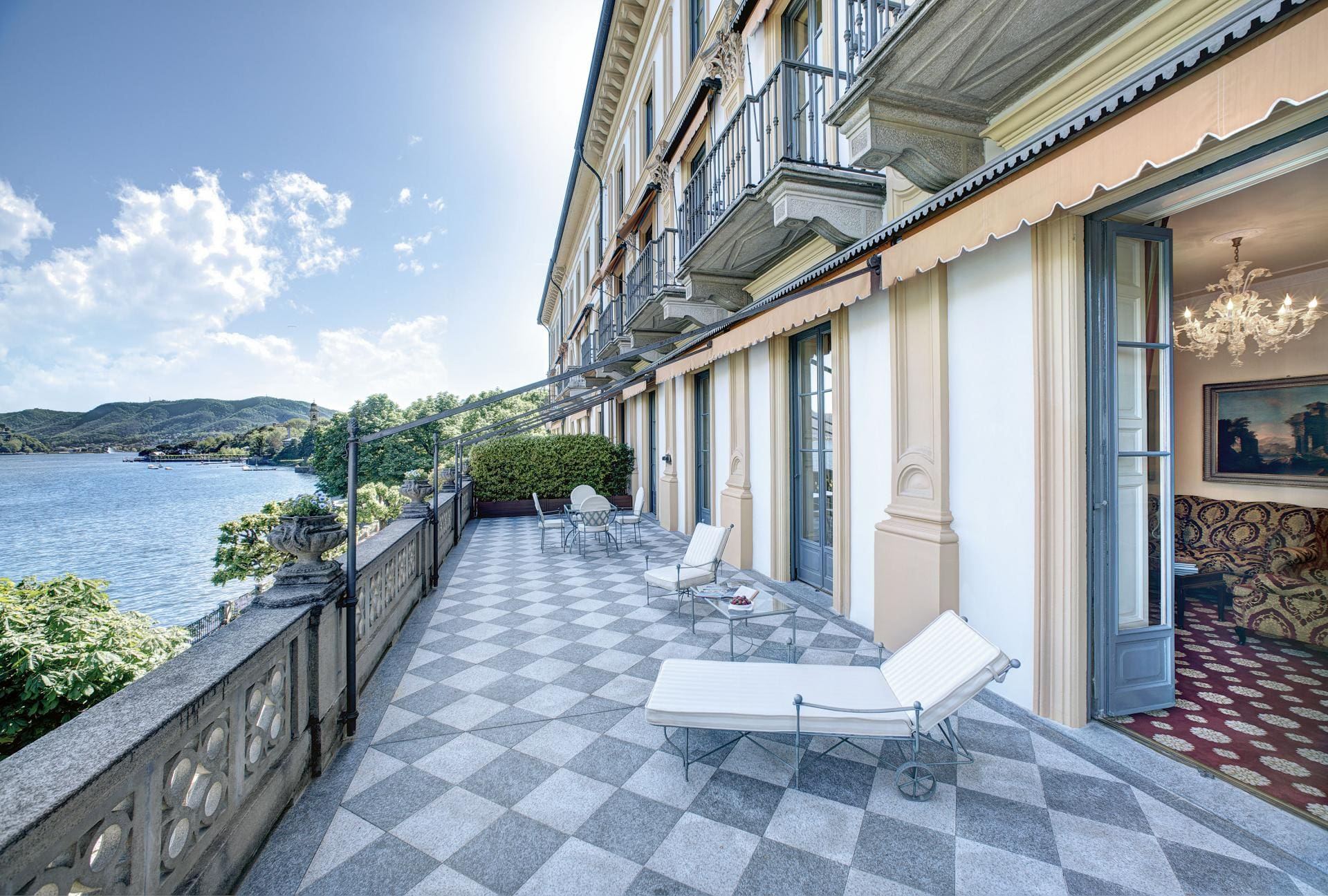
Villa d’Este has 152 rooms; 125 in the Cardinal Building; 27 in the Queen’s Pavilion. Each is accessed by a heavy brass key after a long walk down an extremely wide corridor. No two rooms are the same. Heavy velvet curtains plunge you into darkness at night. Hefty exterior shutters slide into cavities concealed within the hotel’s outer walls in the morning. Bathrooms are marble. Beds are vast. Elizabeth Taylor used to hideout at Villa d’Este at the start of her affair with Richard Burton.
Bruce Springsteen, Barbra Streisand and Bill Gates have all stayed at the hotel. Ditto, Michael Douglas, Mel Gibson, Mick Jagger and Madonna. You could run through the alphabet from A to Z – beginning with King Albert of Belgium and ending with Catherine Zeta-Jones.
World wars and global pandemics notwithstanding, Villa d’Este has hosted the Concorso d’Eleganza, the prestigious classic car gathering, since 1929. In 2013, Ralph Lauren won ‘Best in Show’, having flown in his 1938 Bugatti Type 57SC Atlantic. To cover the value of the competition’s 70 or so entrants, Zucchetti has to insure the hotel’s garages to the tune of €270 million.
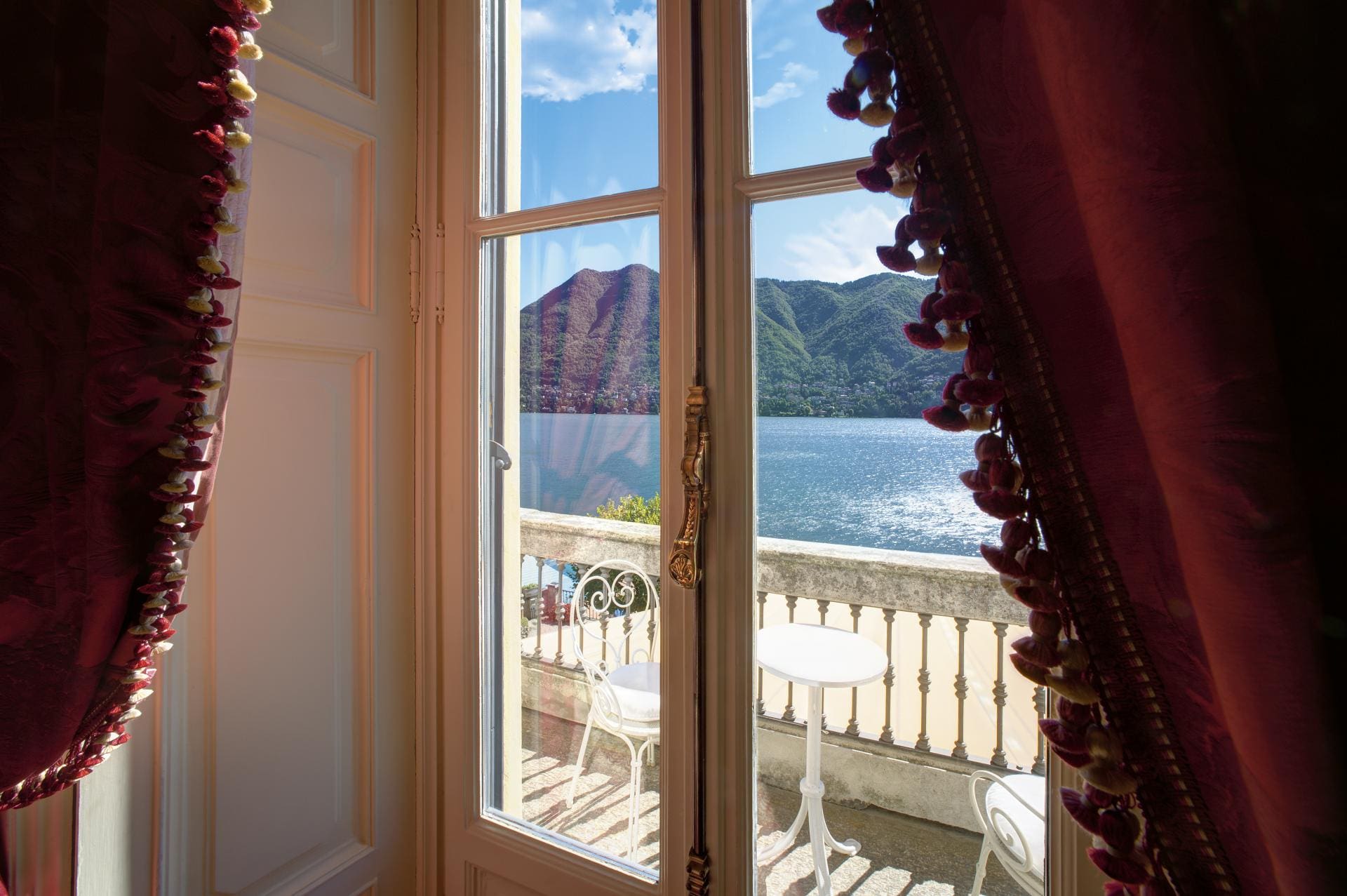
Books have been written about the gardens of Villa d’Este. An 18th-century Nymphaeum was declared a national monument. A double chain of stone basins, hundreds in total, connects the mosaic of polychrome pebbles to a statue of Hercules casting Lichas into the sea.
More books still – four so far – have been written about the food. The latest, A Culinary Experience, includes the recipes of the hotel’s signature dishes. Weather permitting, you can dine pieds dans l’eau right up until November. Executive chef, Michele Zambanini, gets his herbs and vegetables from a garden beneath Hercules. A ballet of waiters pirouettes out of the kitchen delivering enormous plates of fresh pasta and sea bass served whole. Men are required to wear a jacket. A pianist plays on the patio until well past midnight.
There’s a fitness centre with a sauna and steam room and large indoor swimming pool. There’s a squash court, a digital golf simulator and eight clay tennis courts. You can kayak, canoe and paddleboard for free; you can sail, windsurf and water ski for a fee. It’s hard, truly, to say what more you could want from a hotel.
Like always, it’s the little things that make the difference. An international edition of The New York Times left outside your door every morning without having to ask. Your plate being taken back to the kitchen to be kept warm when nature calls halfway through dinner.
Cernobbio’s bell tower rings eight o’clock. Across the lake, the street lights of Blevio flicker like the embers of a dying fire. The sun’s run out, so has the Ruinart. The heron’s still there. What sort of welcome would Zucchetti give his 14-year-old-self if he rocked up today? “If I turned up on my pushbike and shorts?! I wouldn’t let him passed the front door!” Best in the world? It’s got to be up there.
